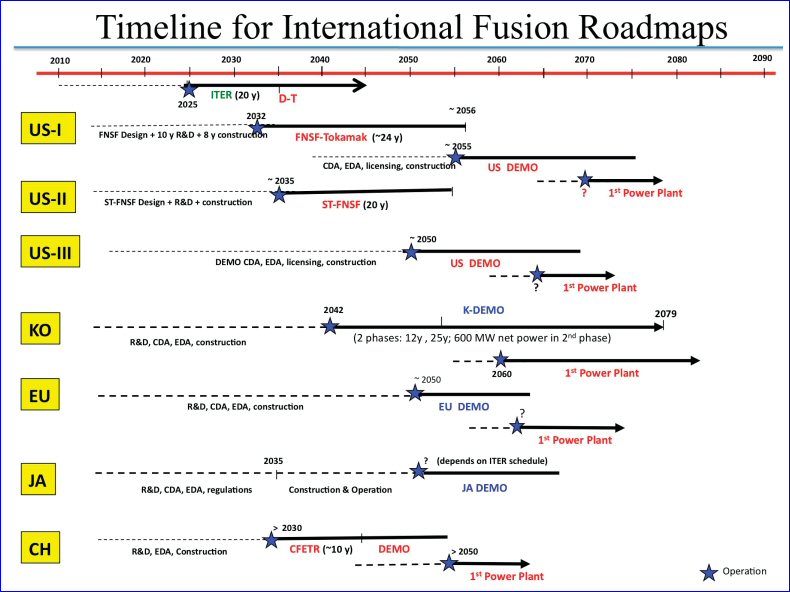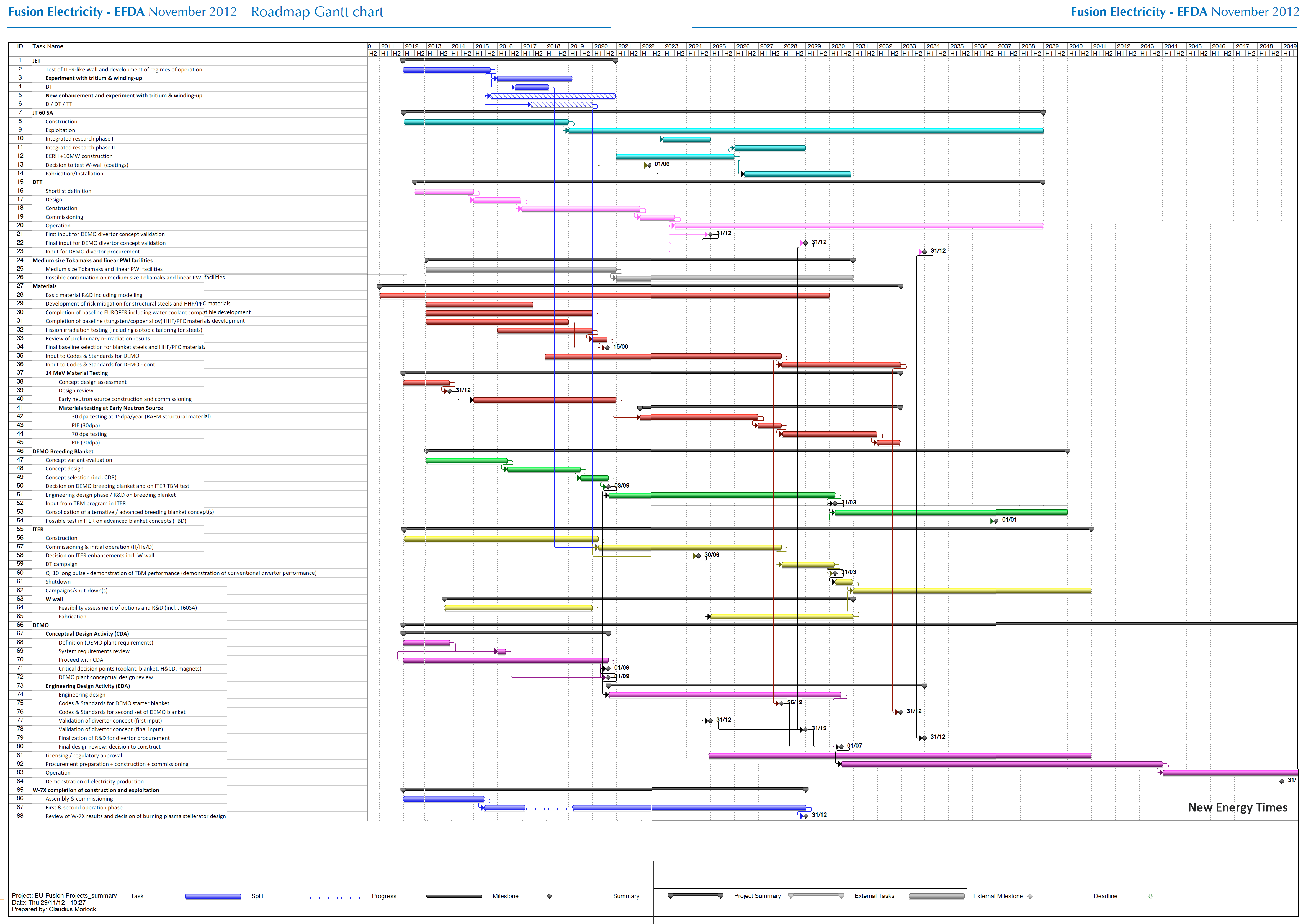#118 There Will Be No International DEMO Reactor That Follows ITER
Return to ITER Power Facts Main Page
By Steven B. Krivit
April 25, 2022
One of the myths in the nuclear fusion field is that an international DEMO reactor is supposed to follow the international ITER project. This article will dispel this myth.
In fusion parlance, the term “DEMO” refers to a fusion reactor designed not only to produce more power than it consumes but also to demonstrate the net production of electricity.
In its public relations programs, the ITER organization implies that a single international DEMO-class reactor will follow ITER.
Image from ITER organization’s Web site, April. 25, 2022
This implication helps to maintain the expectation that the work and the costs of the envisioned reactor will be shared among the 33 nations that are now partners in the ITER project. But the ITER partners have no plan for a joint international DEMO reactor and never have had one.
DEMO-Class Reactors
Rather than supporting a unified DEMO that would follow ITER, each of the seven ITER partners has its own plans for a DEMO-class reactor, as shown in this diagram by U.S. fusion scientist Laila El-Guebaly. [3]
The European Union has a group in Garching, Germany, at the Max Planck Institute for Plasma Physics, under the direction of Hartmut Zohm, that has been working on the EU DEMO project for 12 years. If the EU builds its DEMO fusion reactor, European taxpayers will have to pay the entire cost, rather than sharing it with the U.S., India, China, Japan, South Korea, and Russia.
The New Scientific Method
According to the 2012 EFDA timeline shown below (click the image to view it full-size), fusion researchers hoped to have completed the majority of the EU DEMO design work (Task 80) before ITER even starts fusion experiments using deuterium-tritium fuel (Task 59).
This is business as usual in the business of fusion. Fusion scientists begin designing their next reactor projects before they begin running current deuterium-tritium fusion experiments, let alone obtaining and analyzing results from those experiments.
The fusion scientists did it with the Joint European Torus (JET), ITER’s predecessor. The first deuterium-tritium fusion experiments took place in November 1991.[1] But as explained in a May 1991 IAEA document, the initial design of ITER was complete. The design activities began in April 1988 and were completed in December 1990. [2]
It’s not the scientific process, but it’s what fusion scientists have to do to maintain the flow of interested graduate students and public money and keep the field alive.
1. IAEA, “ITER Physics,” ITER DOCUMENTATION SERIES No. 21, (May 1991) IAEA
2. EURATOM, “JET Joint Undertaking Progress Report 1991, Volume I. Report for the Period 1 January – 31 December 1991,” EUR 14434 EN (EUR-JET-PR9) (April 1992) EURATOM and EU Commission
3. National Academies of Sciences, Engineering, and Medicine. 2019. Final Report of the Committee on a Strategic Plan for U.S. Burning Plasma Research. Washington, DC: The National Academies Press, p. 92



